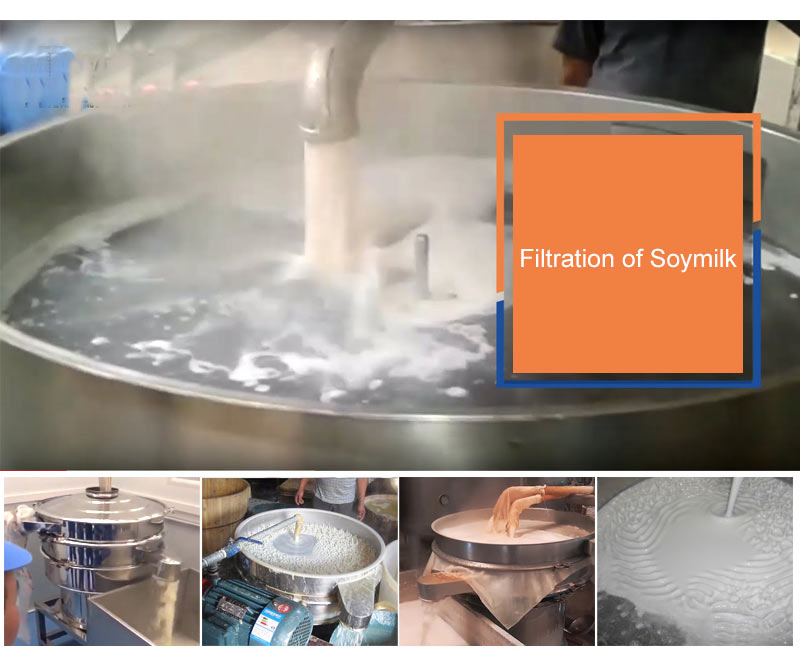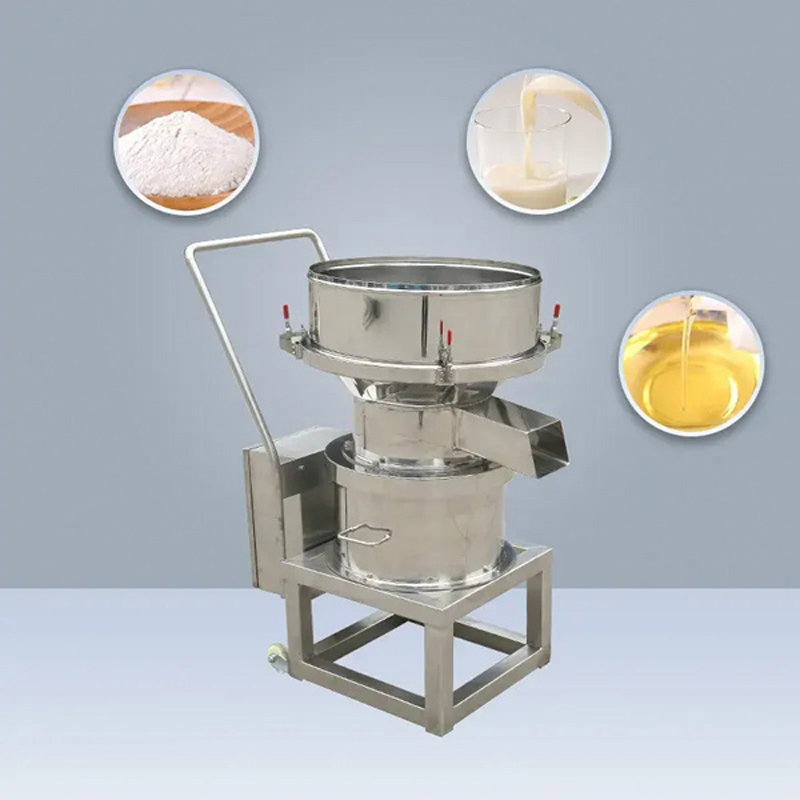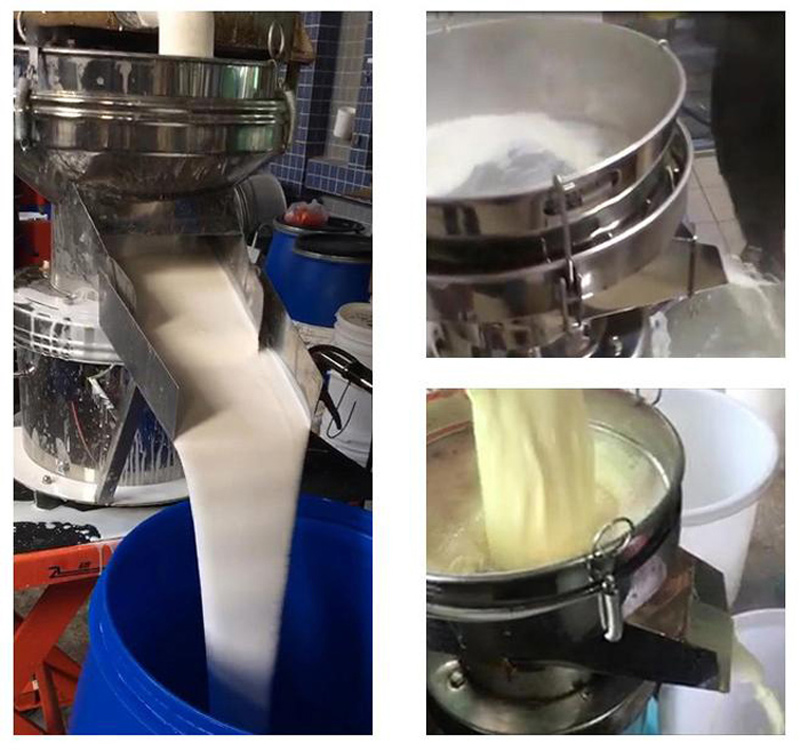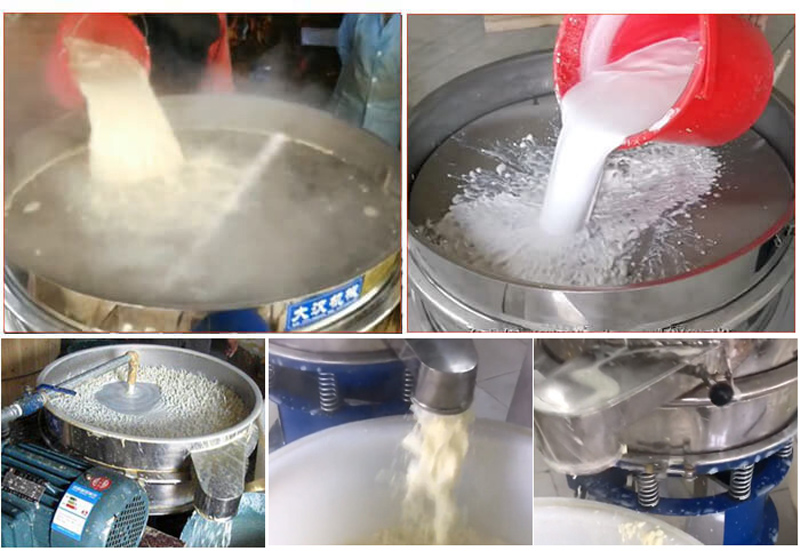
Soymilk is a popular food and beverage, but during the production process of soymilk, the slurry needs to be separated to obtain pure soy milk. This requires the use of a key piece of equipment called a soymilk filter. Through specific working principles and structural design, the soymilk filter can effectively separate the solid particles and liquid in the slurry and improve the quality and taste of the soy milk. This article will introduce the working principle, structural characteristics and application of soymilk filter for slurry separation.

The working principle of the soymilk filter is based on the screening and filtering mechanism of materials. Usually, a soymilk filter consists of a screen and a filter media. When soy milk passes through the soymilk filter, the solid particles are trapped by the screen, while the liquid flows out through the filter media. In this way, solid particles are effectively separated and pure soy milk is obtained.

Screen: The screen of a soymilk filter is usually composed of fine mesh, which can effectively block solid particles while allowing liquid to pass smoothly. The material and hole size of the screen will be selected according to the characteristics and requirements of the soy milk. Filter media: Filter media is a key component in a soymilk filter. It can be fiber filter cloth, filter paper or other special materials. The selection of filter media should take into account its filtration efficiency, durability and ease of cleaning. Filtering system: Soymilk filters are usually equipped with a complete filtration system, including a feeding device, a discharge device and a cleaning device. The feeding device introduces the soy milk into the filter, the discharging device discharges the separated solid particles, and the cleaning device is used to clean and maintain the filter regularly.

Soymilk filter for slurry separation is widely used in soy product processing industries, such as soy milk factories, tofu factories, etc. It plays an important role in every stage of soy milk production. First of all, during the raw material processing of soy milk, the soymilk filter can remove impurities and solid particles in the soy milk to ensure the purity of the raw materials. Secondly, after the soymilk is boiled, the soymilk filter can remove the bean dregs and impurities produced during the boiling process, improving the taste and quality of the soymilk. Finally, during the soy milk packaging and filling process, the soymilk filter can filter out residual solid particles to ensure the clarity and stability of the soy milk.

As a key equipment in the soymilk production process, the soymilk filter can efficiently separate solid particles and liquids in the slurry through its unique working principle and structural characteristics, improving the quality and taste of the soy milk. In the soymilk making industry, soy milk filters play an important role in ensuring the purity and stability of soy milk. With the continuous advancement of science and technology, soymilk filter for slurry separation is also constantly innovating and developing, providing more efficient and reliable filtration solutions for the soy product industry. The application of soymilk filter for slurry separation will further promote the development of the soy product industry and meet consumer demand for high-quality soy milk.

Address:China,Yanjin county forest park gate to the west 1000 meters north road.